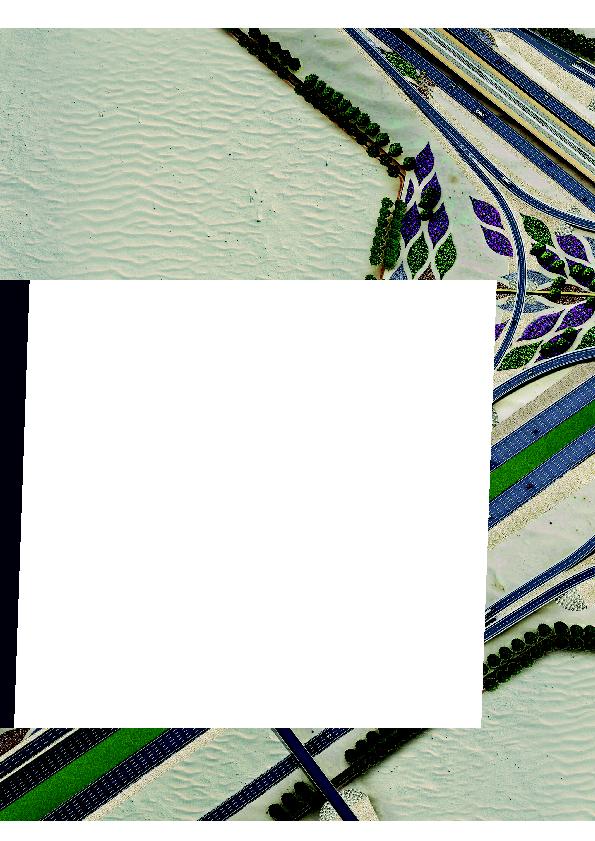
throughout the city and beyond, while constructing
a new metro (literally) right next to the network. The
entire project is unique and challenging.
and, while the enabling work commenced four years
ago, the actual construction phase started in earnest
in 2013. Now, over 30,000 people work onsite on the
expressway alone, with that number set to double as
more projects come on stream before the programme
ends in the runup to the 2022 FIFA World Cup Qatar.
quite remarkable in its own right. Small wonder that
special challenges often arise. For example, since the
construction is being carried out in already congested
city areas, sometimes a flyover is the only solution to
the design challenges presented, as acquiring land for
road building has often proved an issue.
one of the most complex projects. The Pearl's existing
singlelevel interchange will be converted into three
levels, each built below ground level and consisting
of bidirectional, threelane road tunnels. A 1.1km
tunnel will also pass 25 m beneath the interchange
to provide connection to the future light rail transit
system.
the news that it was going to host the 2022 FIFA World
Cup, the country was already thinking big. The strategy
to deliver its National Vision 2030 involves a raft of
programmes to enhance its economic, social, cultural,
and environmental development. One of the largest
programmes currently underway is the $20 billion
Expressway Programme to transform infrastructure in
the country.
TRANSPORT INFRASTRUCTURE
PROGRAMMES
years and the Expressway Programme, along with the
construction of a new metro system, is designed to
overcome the growing problem of traffic congestion
in Doha, improve links with surrounding cities and
towns, and promote economic development.
It is one of the world's largestever transport
infrastructure programmes and consists of 1,000 km
of new largescale highway projects including
spectacular flyovers, underpasses and multilevel
interchanges.
Ashghal, Qatar's Public Works Authority. A team from
Currie & Brown supports KBR in providing a range
of services, including pretender estimates, tender
document preparation, postcontract administration,
and contractor and consultant claims.
THAT WILL TRANSFORM INFRASTRUCTURE IN THE
SMALL GULF COUNTRY.